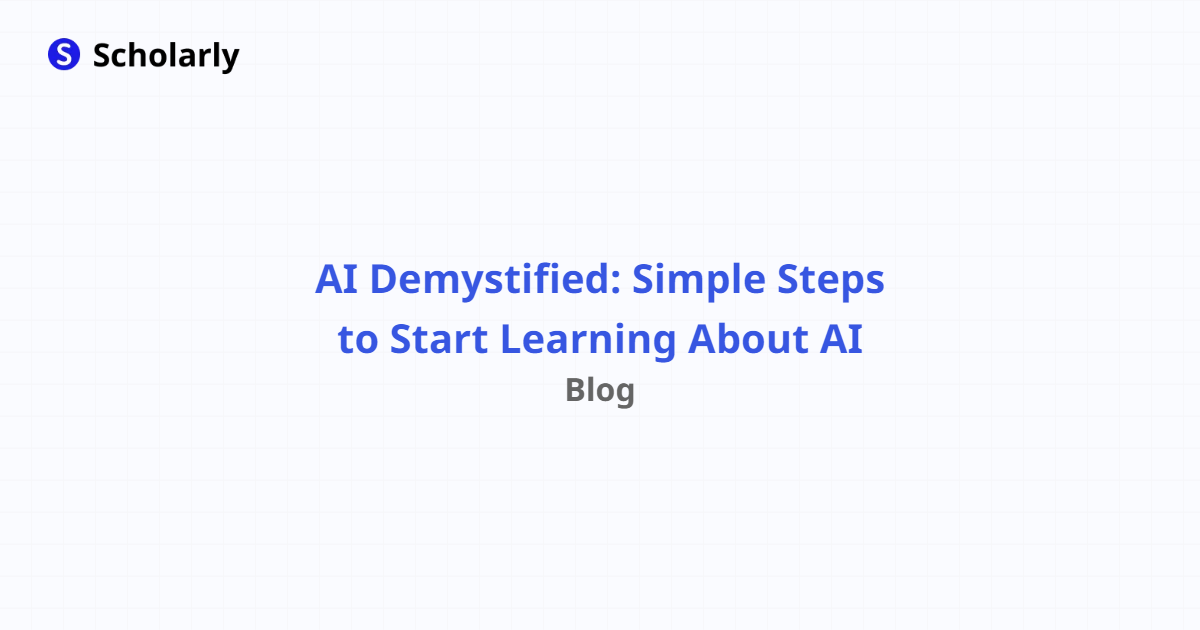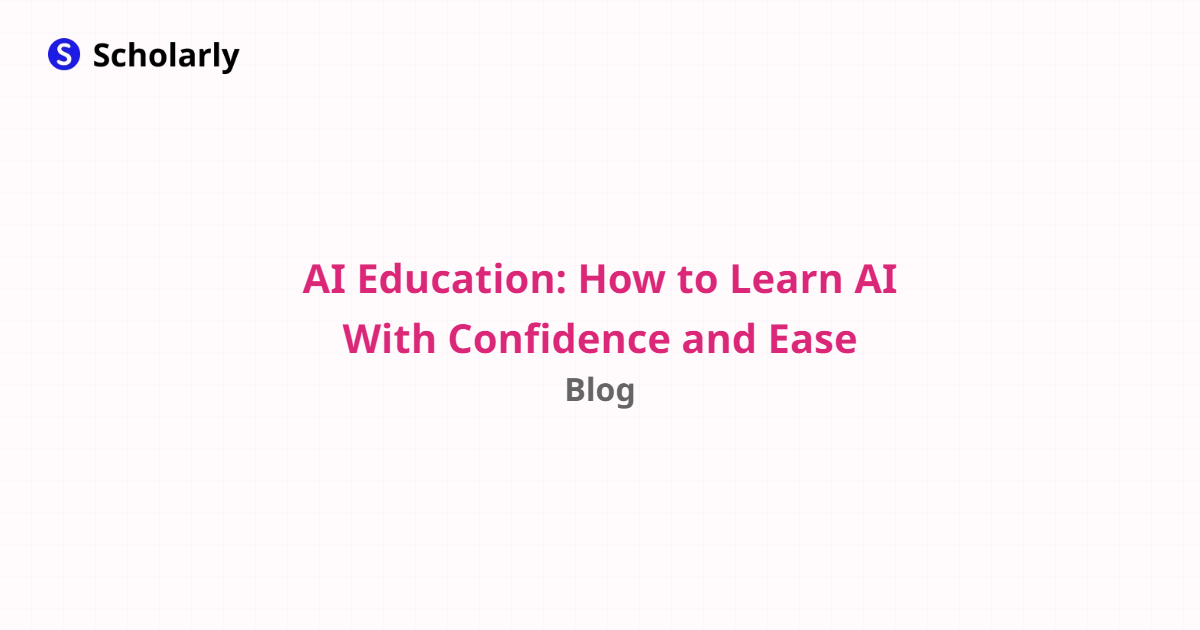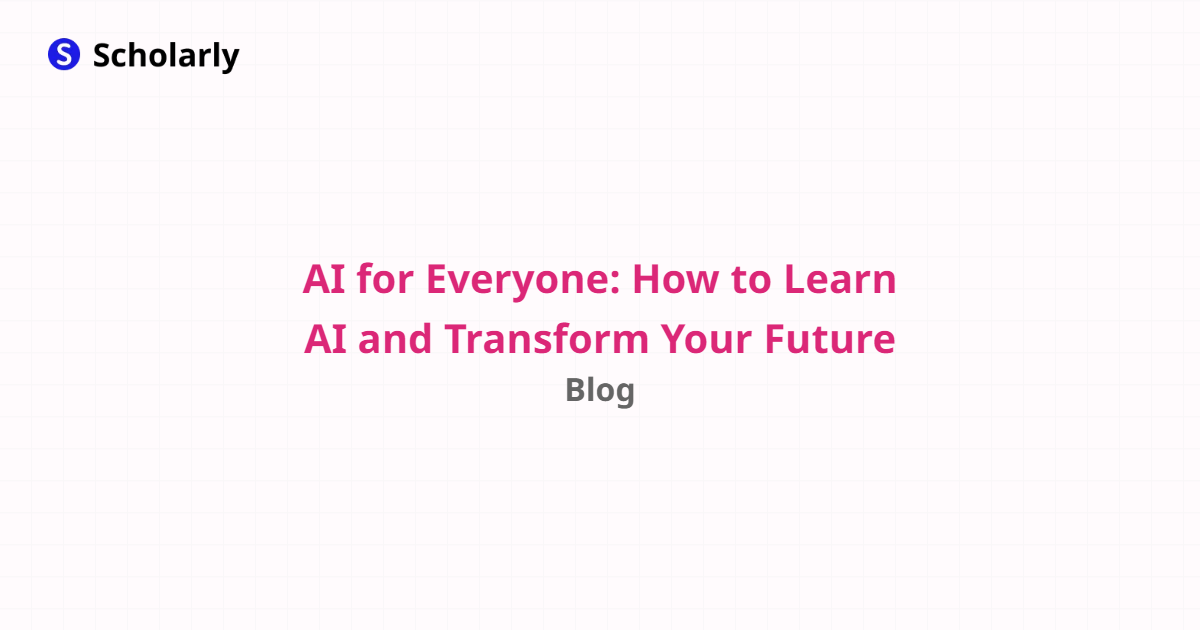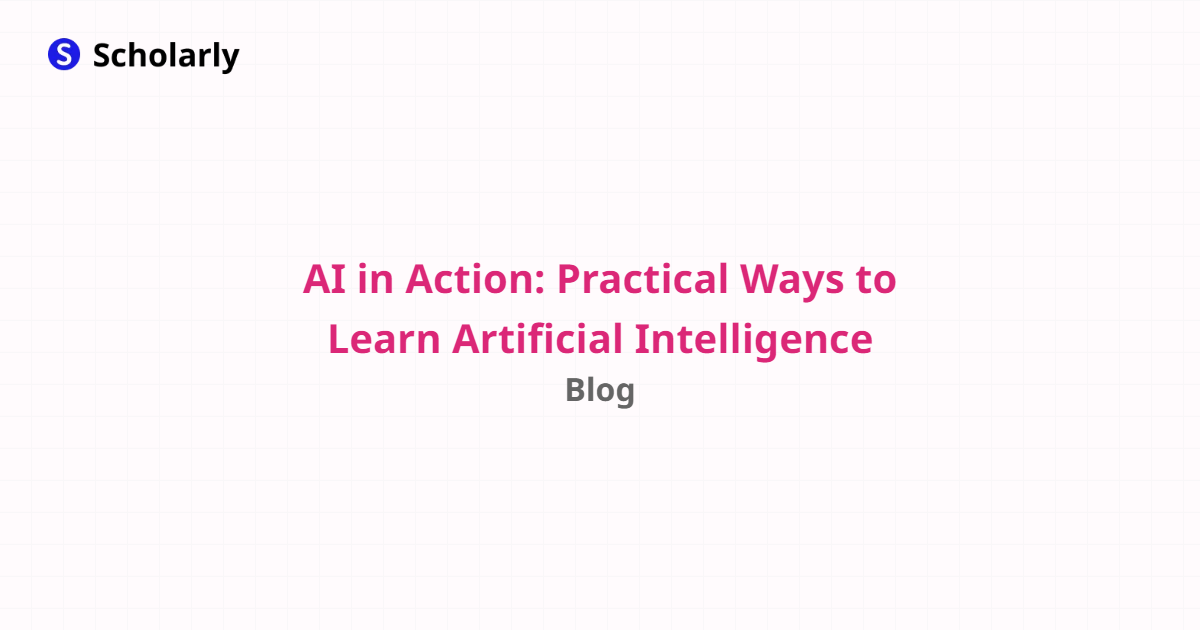Published in General
Effective Science Note Taking Techniques for Students
By Scholarly
7 min read
Introduction
Taking effective notes is a crucial skill for students, especially when it comes to science subjects. Science classes often require a deep understanding of complex concepts and a strong grasp of scientific methodologies. In order to excel in science, students need to develop effective note-taking techniques that capture the key ideas, experiments, and observations in a clear and organized manner. This article will provide you with valuable insights and strategies to improve your science note-taking skills.
History
In the past, students relied on traditional methods like handwriting notes in a notebook or using flashcards to review scientific concepts. These methods, although effective to some extent, had limitations in terms of organization, accessibility, and retrieval. With the advancements in technology, students have access to a wide range of digital tools and resources to enhance their note-taking experience.
Current State
In today's digital age, students can leverage various applications, software, and online platforms to take notes electronically. Popular tools like OneNote, Evernote, and Google Docs offer features such as cloud storage, real-time collaboration, and tagging, enabling students to create, manage, and access their science notes conveniently.
Future State
The future of science note-taking is likely to be shaped by advancements in artificial intelligence (AI). AI-powered note-taking tools can automate the process of summarizing complex scientific concepts, converting handwritten notes to digital text, and providing personalized study recommendations based on individual learning styles. These tools have the potential to revolutionize the way students take notes and enhance their understanding of science.
Benefits
Improved comprehension: Effective note-taking techniques help students better understand and internalize scientific concepts, leading to improved academic performance.
Memorization aids: Well-organized and structured notes serve as valuable study aids, making it easier for students to review and memorize scientific information.
Enhanced critical thinking: Taking notes requires active engagement with the material, promoting critical thinking skills and deeper understanding of scientific principles.
Increased retention: Science note-taking techniques such as concept mapping and summarizing facilitate the retention of information over the long term.
Exam preparation: Well-annotated and detailed notes are invaluable resources during exam preparation, enabling students to quickly review key concepts and refresh their understanding.
Significance
The significance of effective science note-taking techniques cannot be overstated. Science subjects are complex and require a systematic approach to learning. By adopting effective note-taking strategies, students can organize and consolidate their knowledge, identify knowledge gaps, and make connections between different scientific concepts. This not only improves their understanding but also enhances their ability to apply scientific principles to real-world scenarios.
Best Practices
To make the most of your science note-taking experience, consider the following best practices:
Actively engage with the material: Listen actively, identify key concepts, and ask questions during class to ensure your notes capture the most important information.
Use visual aids: Incorporate diagrams, charts, and illustrations in your notes to visualize scientific concepts and improve understanding.
Use abbreviations and symbols: Develop shorthand techniques to maximize efficiency and capture information quickly during fast-paced lectures or experiments.
Review and revise: Regularly review and revise your science notes to reinforce learning and fill any knowledge gaps.
Use color coding: Assign different colors to different types of information to create visual cues and improve retention.
Pros and Cons
Pros
Organization: Digital note-taking tools offer superior organization capabilities, allowing students to quickly search and retrieve information.
Accessibility: Electronic notes can be accessed from any device with an internet connection, providing students with flexibility and convenience.
Collaboration: Online platforms enable students to collaborate with peers and exchange notes, creating opportunities for collective learning.
Multimedia integration: Digital tools support the integration of multimedia elements such as images, videos, and audio recordings, enhancing the learning experience.
Data backup: Cloud storage ensures that your notes are securely backed up and can be easily restored in case of device loss or damage.
Cons
Distractions: Using digital tools for note-taking can be distracting, as students may be tempted to browse the internet or engage in non-academic activities.
Technical issues: Dependence on technology means that students need to ensure device compatibility, internet connectivity, and software updates.
Learning curve: Transitioning from traditional note-taking methods to digital tools may require time and effort to fully adapt to the new system.
Limited flexibility: Some digital note-taking platforms have limitations in terms of customization and formatting options, which may restrict creative expression.
Accessibility concerns: Not all students may have access to technology or reliable internet connectivity, limiting their ability to adopt digital note-taking methods.
Comparison
When it comes to science note-taking, several tools stand out for their features and usability:
OneNote: Microsoft's OneNote provides a comprehensive digital note-taking experience, offering features like automatic syncing, tagging, and integration with Microsoft Office Suite.
Evernote: Evernote is a versatile note-taking tool that allows users to capture, organize, and access their notes from various devices, offering features like handwritten notes recognition and web clipping.
Google Docs: Google Docs provides a collaborative note-taking platform, enabling real-time collaboration, document sharing, and access from multiple devices.
Notion: Notion is a powerful all-in-one workspace that allows users to take notes, create databases, and organize information, making it a popular choice for science students.
Notability: Notability is an app specifically designed for note-taking on iPads, offering features like multi-media integration, handwriting recognition, and various annotation tools.
Each of these tools has its own strengths and weaknesses, and the choice ultimately depends on personal preference and usability.
Methods
Cornell Method: The Cornell Method involves dividing your notes into three sections: cues, main points, and summaries. This method encourages active engagement, summarization, and review of key ideas.
Mind Mapping: Mind mapping is a visual note-taking technique that involves capturing information in the form of a diagram or flowchart. It helps students understand the relationships between different concepts and facilitates creative thinking.
Outline Method: The outline method involves organizing notes in a hierarchical structure, with main headings, subheadings, and bullet points. This method is particularly useful for organizing information and creating a clear structure.
SQ3R Method: The SQ3R method stands for Survey, Question, Read, Recite, and Review. It emphasizes active reading and comprehension by asking questions, summarizing key points, and reviewing the material.
The Feynman Technique: Named after the renowned physicist Richard Feynman, this method involves explaining concepts in simple terms as if teaching someone else. This helps to identify gaps in understanding and reinforces learning.
AI Impact
AI has the potential to transform science note-taking by providing students with intelligent, personalized, and automated tools. Some possible AI applications include:
Automated summarization: AI algorithms can analyze lecture recordings or textbooks to generate concise summaries, saving students time and effort.
Concept extraction: AI can automatically identify and extract key concepts from scientific texts, helping students focus on the most important information.
Personalized recommendations: AI-powered note-taking platforms can provide students with personalized study recommendations based on their individual learning styles and performance.
Language translation: AI can assist students in understanding scientific literature by providing real-time translation of complex scientific terms.
Data analysis: AI algorithms can analyze large datasets and identify patterns, trends, and correlations, helping students draw meaningful insights from scientific experiments.
Common Techniques
Concept Mapping: Concept mapping involves creating visual diagrams that represent the relationships between different scientific concepts. It helps students understand the connections between ideas and improve their overall comprehension.
Summarizing and Paraphrasing: Summarizing and paraphrasing require students to condense complex scientific information into their own words, promoting understanding and reinforcing learning.
Highlighting and Underlining: Highlighting and underlining key points or important information in your notes can make them easier to revisit and review.
Annotating: Adding annotations to your notes can provide additional context or explanations, making it easier to understand the material during revision.
Diagrams and Illustrations: Drawing diagrams and illustrations can help visualize complex scientific concepts and aid in memorization.
Challenges
While science note-taking offers numerous benefits, there are also challenges that students may face:
Information overload: Science subjects often involve a large amount of information, making it challenging to capture and process everything.
Technical difficulties: Digital note-taking tools may encounter technical issues like software glitches or compatibility problems.
Time management: Taking comprehensive and detailed notes during lectures or experiments requires effective time management.
Deciphering handwriting: If using traditional handwritten notes, students may face difficulty in deciphering their own handwriting or that of others.
Subject complexity: Science subjects can be inherently complex, with intricate concepts and terminology that may be challenging to capture accurately.
Potential Online Apps that relate to the topic
StudyBlue: StudyBlue is an online platform that allows students to create and share study materials, including science notes and flashcards.
Quizlet: Quizlet is a popular study app that offers customizable flashcards, quizzes, and study games for science topics.
Wolfram Alpha: Wolfram Alpha is a powerful computational knowledge engine that provides in-depth information and calculations related to various scientific concepts.
GoConqr: GoConqr is an online learning platform that offers a range of tools, including note-taking, mind mapping, and flashcards, to support science learning.
Mendeley: Mendeley is a reference management tool that helps students organize and access scientific literature, making it easier to cite and refer to relevant sources.
Conclusion
Effective science note-taking is a fundamental skill that can significantly enhance your understanding and performance in science subjects. By adopting the right techniques, leveraging digital tools, and embracing the potential of AI, students can revolutionize their note-taking experience and unlock their full scientific potential. Remember to actively engage with the material, keep your notes organized, and regularly review and revise your notes for maximum benefit.




